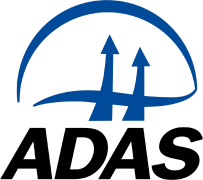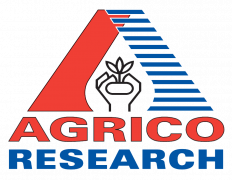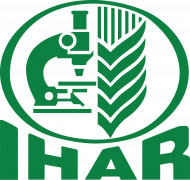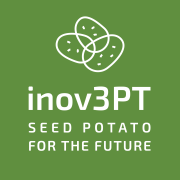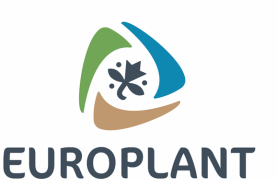Potato is one of the dominant vegetable crops grown in Tigray. However, the productivity of the crop is very low due to moisture stress, traditional production techniques, and growing low-yielding varieties. Hence, an experiment was conducted to assess the effect of genotypes and irrigation levels on potato growth, yield, quality, water use efficiency, and drought tolerance. The study involved three irrigation levels (100%, 75%, and 50% of potato’s water requirement) and five potato genotypes as treatments. The field experiment was arranged in a split plot using randomized complete block design with three replications. All necessary data were collected and analyzed using SAS version 10. The result indicated that the main and interaction effects of genotype and irrigation level significantly affected the days to maturity, marketable and total tuber yield, and water use efficiency. The highest marketable yield (27.58 t/ha) and total tuber yield (29.87 t/ha) were achieved from genotype CIP-394611.112 under full irrigation. Moreover, regardless of genotype, higher water use efficiency was associated with decreasing irrigation water amounts and the highest values (6.51 kg/m3 and 6.46 kg/m3) were obtained from genotypes CIP-394611.112 and CIP-3960478.90, respectively, under 50% irrigation level application. Genotypes CIP-3960478.90 and CIP-394611.112 showed relative tolerance characteristics under induced drought conditions. Therefore, genotype CIP-394611.112 with full irrigation and 100% irrigation water is recommended to harvest optimum yield and water productivity in semi-arid areas of Tigray and other similar agro-ecologies of Ethiopia.
Full publication URL
